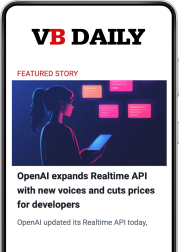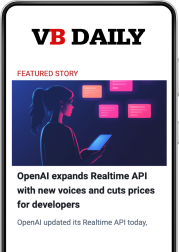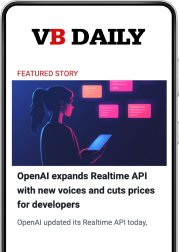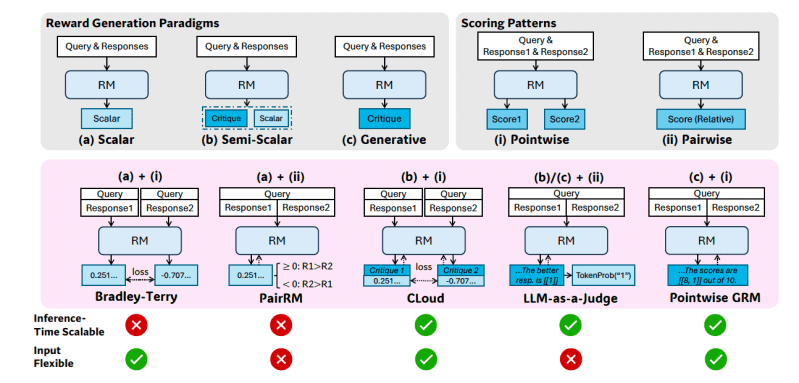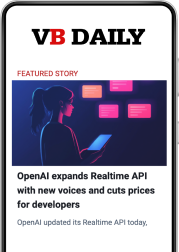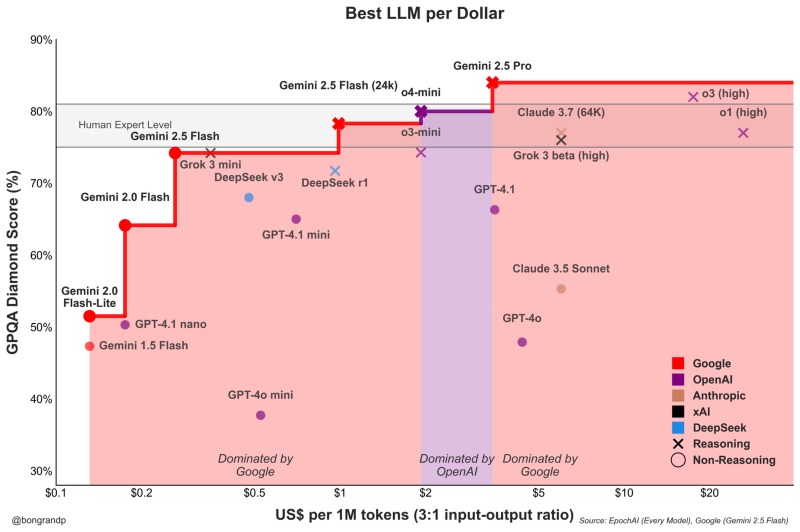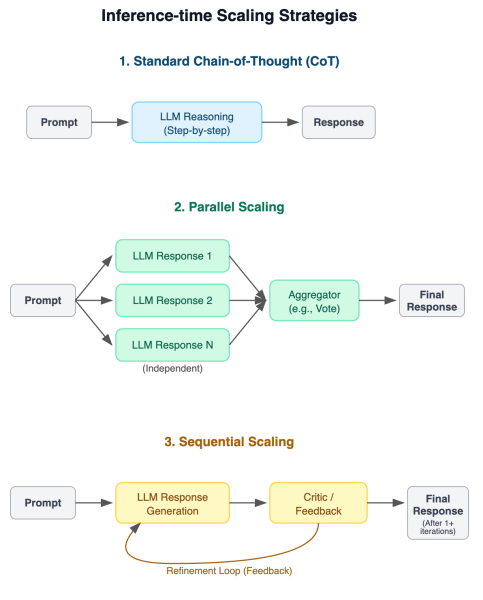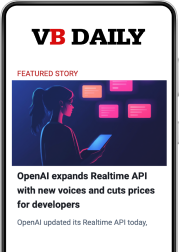OpenAI makes ChatGPT’s image generation available as API
Join our daily and weekly newsletters for the latest updates and exclusive content on industry-leading AI coverage. Learn More People can now natively incorporate Studio Ghibli-inspired pictures generated by ChatGPT into their businesses. OpenAI has added the model behind its wildly popular image generation tool, used in ChatGPT, to its API. The gpt-image-1 model will allow developers and enterprises to “integrate high-quality, professional-grade image generation directly into their own tools and platforms.” “The model’s versatility allows it to create images across diverse styles, faithfully follow custom guidelines, leverage world knowledge, and accurately render text — unlocking countless practical applications across multiple domains,” OpenAI said in a blog post. Pricing for the API separates tokens for text and images. Text input tokens, or the prompt text, will cost $5 per 1 million tokens. Image input tokens will be $10 per million tokens, while image output tokens, or the generated image, will be a whopping $40 per million tokens. Competitors like Stability AI offer a credit-based system for its API where one credit is equal to $0.01. Using its flagship Stable Image Ultra costs eight credits per generation. Google’s image generation model, Imagen, charges paying users $0.03 per image generated using the Gemini API. Image generation in one place OpenAI allowed ChatGPT users to generate and edit images directly on the chat interface in April, a few months after adding image generation into ChatGPT through the GPT-4o model. The company said image generation in the chat platform “quickly became one of our most popular features.” OpenAI said over 130 million users have accessed the feature and created 700 million photos in the first week alone. However, this popularity also presented OpenAI with some challenges. Social media users quickly discovered that they could prompt ChatGPT to generate images inspired by the Japanese animation juggernaut Studio Ghibli, and as a result, my social media feeds were filled with the same photos for the entire weekend. The trend prompted OpenAI CEO Sam Altman to claim the company’s GPUs “are melting.” OpenAI previously added its image model DALL-E 3 on ChatGPT. That model was a diffusion transformer model rather than the native multimodal understanding that GPT-4o has. Enterprise use cases Enterprises want the ability to generate images for their projects, and many don’t want to open a separate application to do so. By adding the image model to its API, OpenAI allows enterprises to connect gpt-image-1 to their own ecosystems. OpenAI said it’s already seen several enterprises and startups use the model for creative projects, products and experiences, naming several well-known brands in its blog post. Canva is reportedly exploring ways to integrate gpt-image-1 for its Canva AI and Magic Studio Tools. GoDaddy has already begun experimenting with image generation for customers to create their logos, and Airtable now enables enterprise marketing and creative teams to easily manage asset workflows at scale. OpenAI said gpt-image-1 will get the same safety guardrails on the API as in ChatGPT. The company said images generated with the model natively include metadata from the Coalition for Content Provenance and Authenticity (C2PA) that labels content as AI-generated and tracks ownership. OpenAI is part of C2PA’s steering committee. Users can also control content moderation to generate images that best align with their brand. OpenAI promised that it will not use customer API data, including any images uploaded or generated by gpt-image-1 to train its models. source
OpenAI makes ChatGPT’s image generation available as API Read More »
